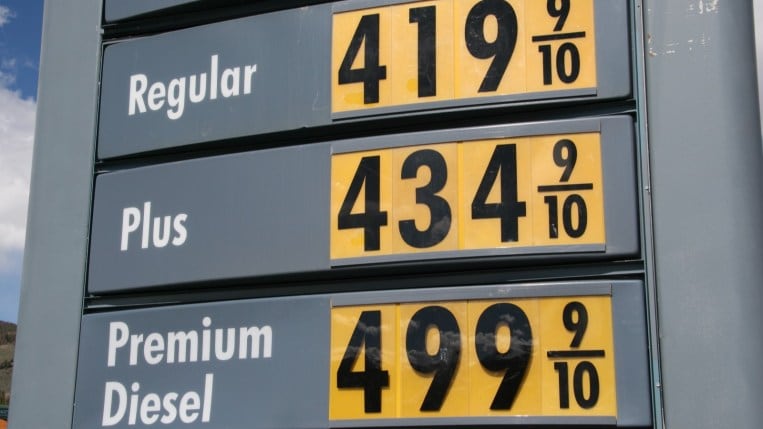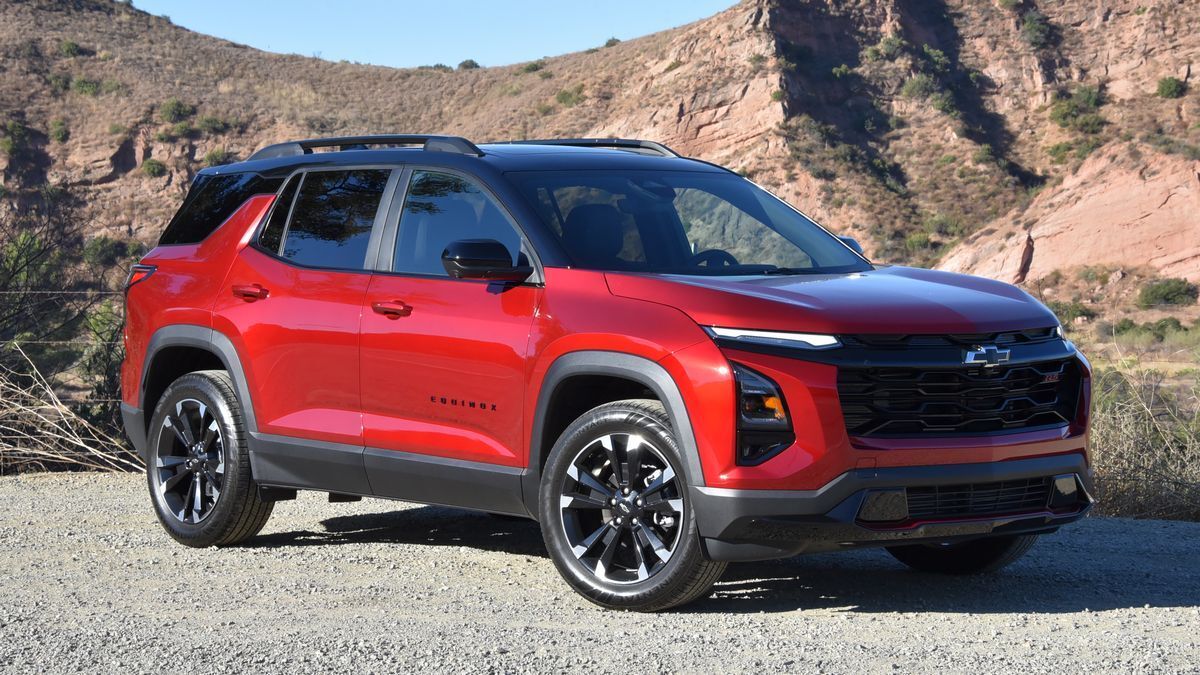
The new average isn’t quite a record. According to the U.S. Energy Information Administration, gas crested at $4.11 per gallon in the summer of 2008. Adjusted for inflation, that would be $5.33 today.
“This is a milestone that was hard to imagine happening so quickly, but with bipartisan support of severe sanctions on Russia, is not exactly surprising. It is the cost of choking off Russia from energy revenue,” says GasBuddy head of petroleum analysis Patrick De Haan.
Related: See the most fuel-efficient cars in every class
The price spike comes mostly as a result of Russia’s invasion of Ukraine and the sanctions many countries have placed on the Russian economy in response.
The spike comes even though America isn’t currently sanctioning Russian oil sales and gets as little as 7% of its oil from Russia.
That move could be coming. Members of both the House of Representatives and the Senate have proposed a ban on Russian oil imports. Republican Senator Lisa Murkowski of Alaska tweeted this morning that “80% of Americans support a ban on Russian oil imports” and promised to propose a ban in partnership with Democratic Senator Joe Manchin of West Virginia.
“If [President Biden] doesn’t act, Congress will,” she added.
Such a move would likely raise prices further. There appears to be little anyone can do to bring them down.
“Demand Destruction” is The Only Path
The federal government maintains a stockpile of petroleum for strategic emergencies. But it contains about as much gasoline as Americans burn in five to six weeks. Even if the government released all of it to the market, it wouldn’t keep prices down for long. And it’s needed for strategic reasons.
So what will bring prices down? When we all start driving less. JP Morgan analysts wrote last week that prices would have to rise “and stay there for months to incentivize demand destruction” for prices to decline.
That means that prices will have to go up and stay up long enough that Americans start using less gasoline.
Related: How to Get Better Fuel Economy from Your Vehicle
RBC senior analyst Mike Tran concurred, writing, “The next frontier of oil prices will be defined by prices in search of demand destruction, and that is as bullish a framework gets.”
It seems that Americans should buckle down for a summer of high gas prices and seek out some demand destruction of our own by learning to drive as efficiently as possible.







